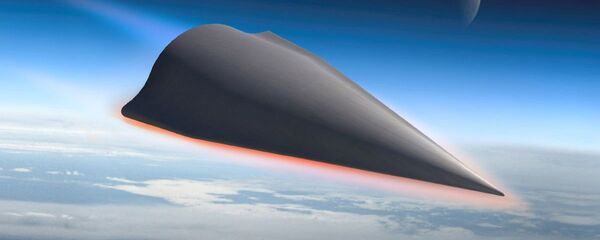An international group of American and Australian scientists has successfully tested a scramjet — for supersonic combustion ramjet — as a part of program called "Hypersonic International Flight Research Experimentation" (HIFiRE). During the test, carried out at Woomera in South Australia, the world's largest land testing range, a projectile reached a target speed of Mach 7.5, over seven times the speed of sound.
At such speeds traditional gas-turbine engines can't cope with the temperature and air pressure. A scramjet is essentially something between a conventional jet engine and a rocket, A scramjet engine does not require an oxidizer, like rockets, instead using atmospheric air like an ordinary jet engine.
According to Australian chief scientist Alex Zelinsky, the scramjet engine could revolutionize global air travel and offer cost-effective access to space.
"It's also very useful as an alternative to a rocket for putting satellites into space," said Michael Smart, a hypersonic expert from the University of Queensland who is working on the test.
The next test is scheduled for 2017. If everything goes according to projections, in 2018 humans could potentially be able to fly from London to Sydney in two hours, and from New York to London in no more than 35 minutes.
There are several other teams working on hypersonic travel. Earlier this year a Canada-based team, Imaginactive, announced its Antipode plane, to travel at Mach 14. Several other designs, including the "Concorde-2" by Airbus, are below the hypersonic Mach 5 level.


